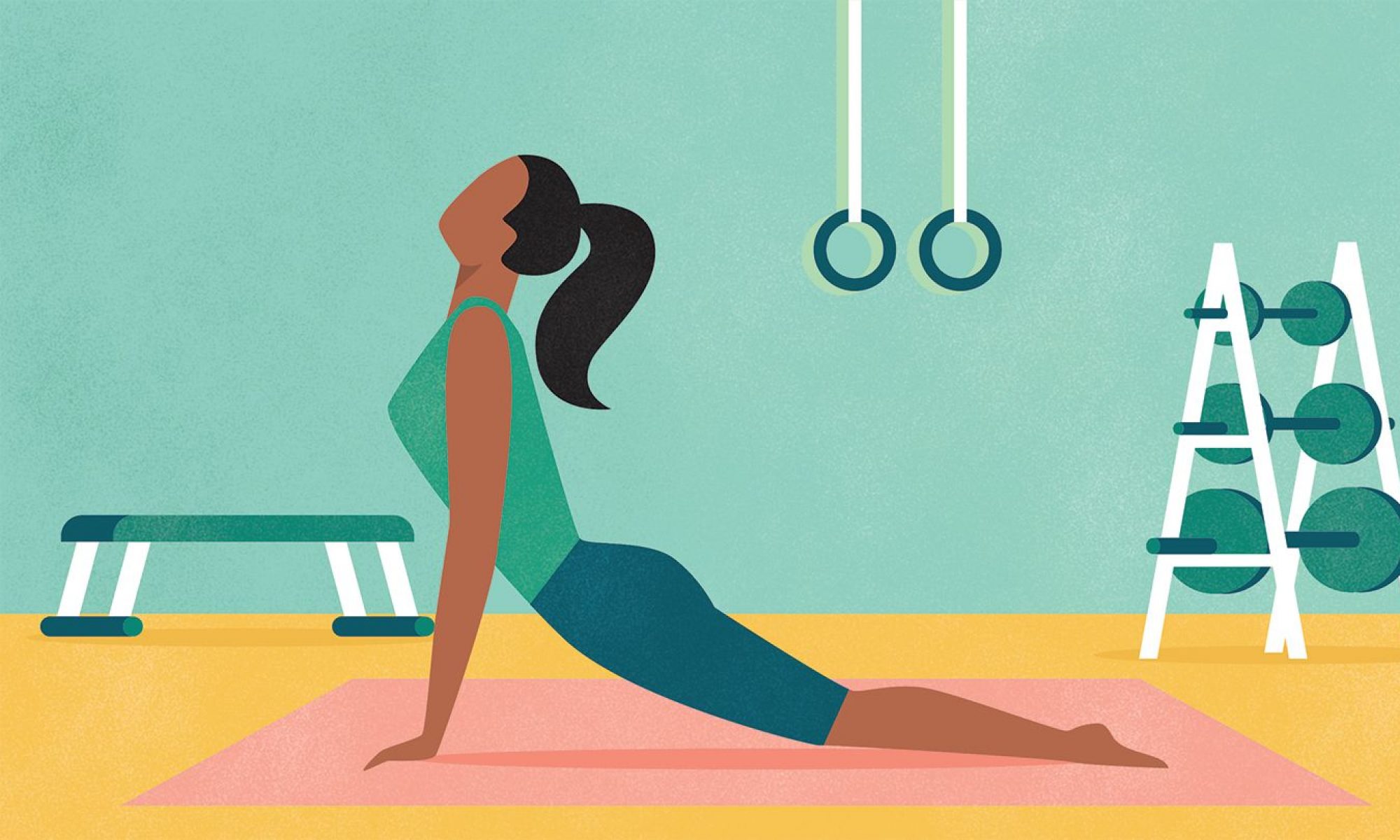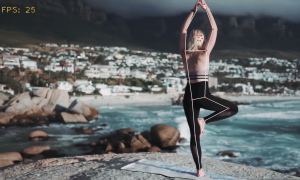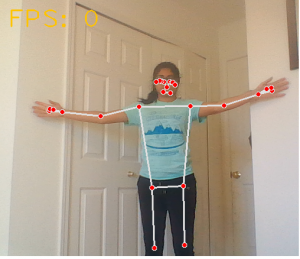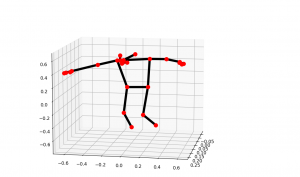Proposal Work
- Completed requirements and software solution sections of proposal presentation slides
- Prepared for and gave actual presentation for PosePal proposal to the class
Project Work/Progress
- Synched with and organized meeting with yoga instructor for key project-related tasks
- Will collect selected example pose models from scheduled meeting with instructor
- Also prepared questions to ask instructor to identify what error signals our pose correction system should look for to best match how in-person classes are run and give the best user experience possible
- Conducted research on different possible approaches we could use for the pose estimation component of PosePal
- Collected benchmark performance data of candidate models for comparison and to understand how to objectively define the requirements that we can and should meet to satisfy the outlined use case for the project
- Ran example models on video footage and using real-time camera to make sure that we can run and use them in the project itself
- Example notebook link: https://colab.research.google.com/drive/13N94cPLcETxEstvvLbQO3jxYsmyNdbN4?usp=sharing
- Code snippet for extracting the model and setting up needed environment to run it:
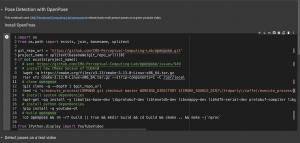
Next week deliverables include the following:
- Meeting with yoga instructor on Monday and collect the reference yoga pose models
- Implement the pose correction library that will include the geometric computations like computing the Euclidean angle given two x,y,z coordinates for use in pose comparison
- Implement functionality to actually suggest corrections given two points, the reference and user’s, use this information downstream for the correction rendering and suggestions which will be the target task starting in the following week
Schedule Status Check
We have accomplished all the deliverables that we’ve outlined for up until this point on the schedule per the Gantt chart for the first week. Our upcoming tasks for the previous week are all included in the above next week deliverables section, so we expect to still be on track and in line with our original schedule by the end of the week.
